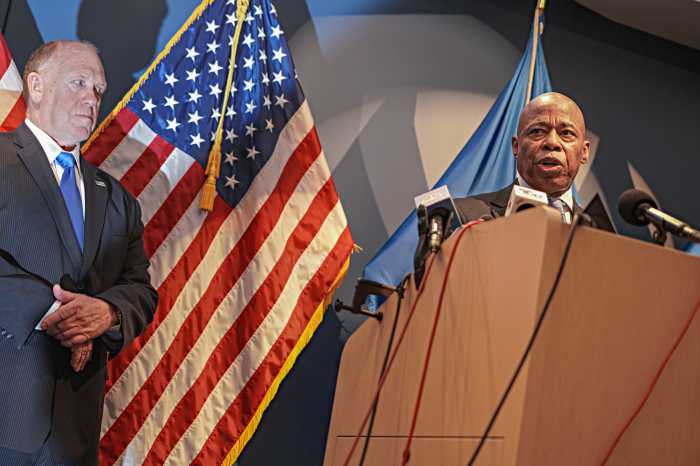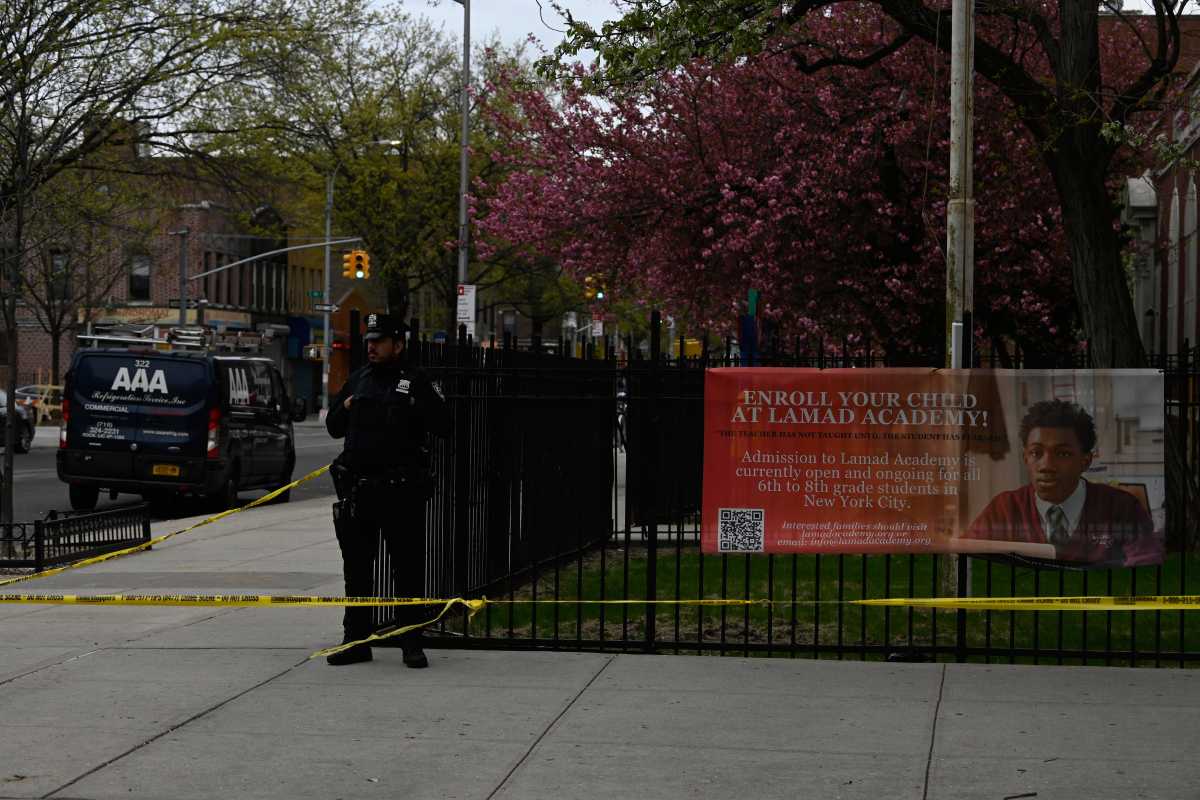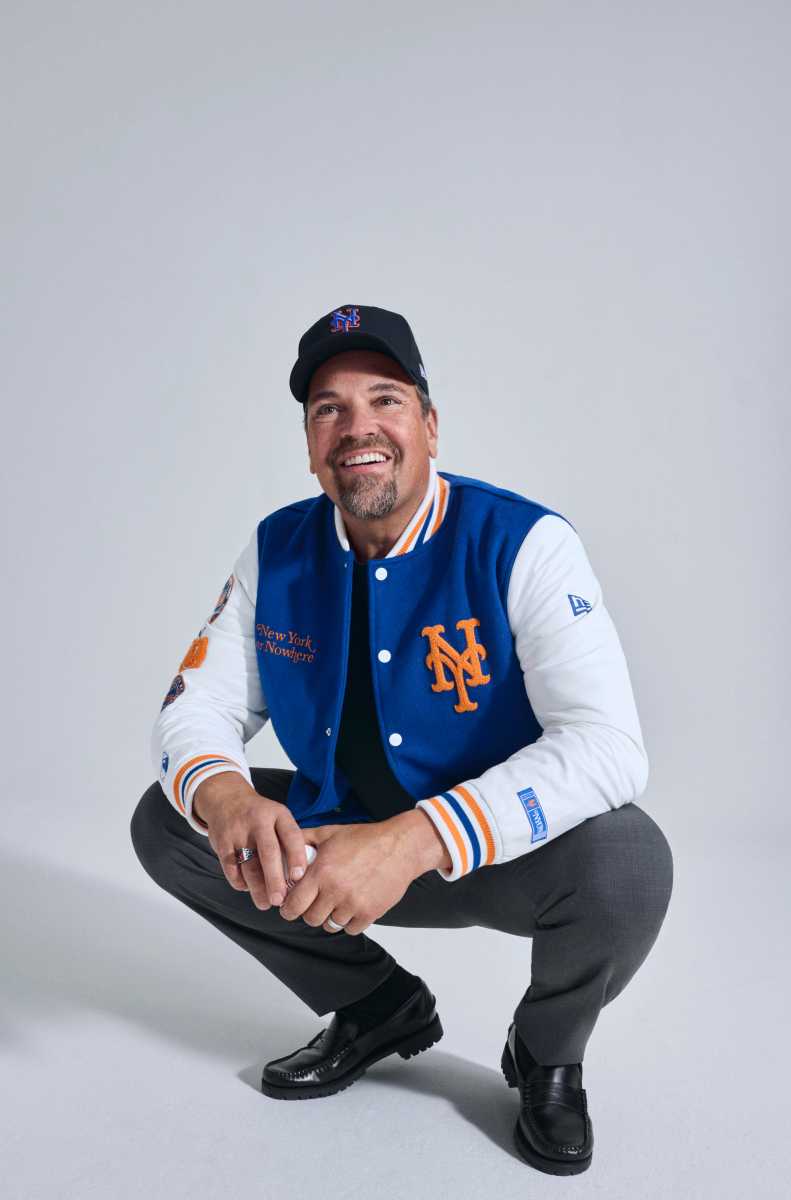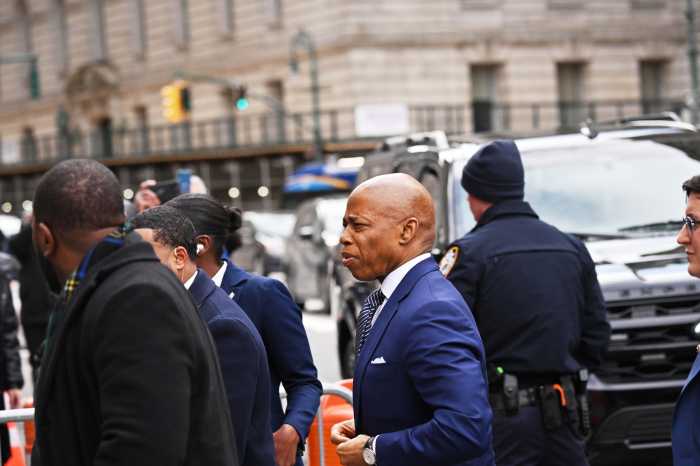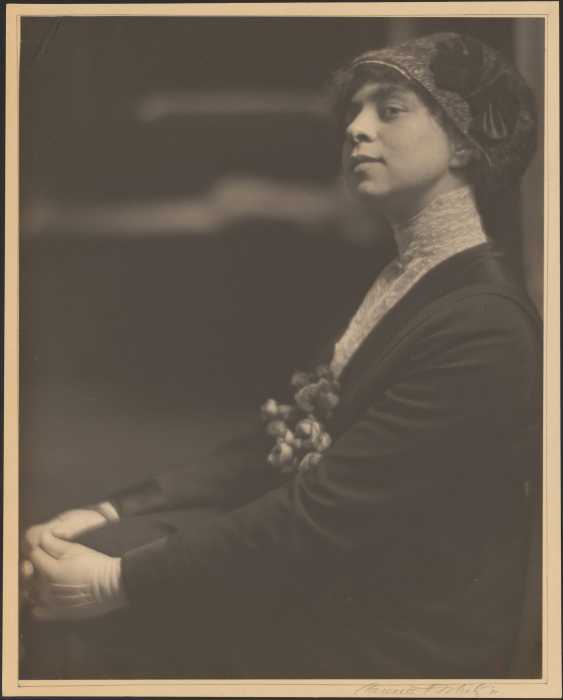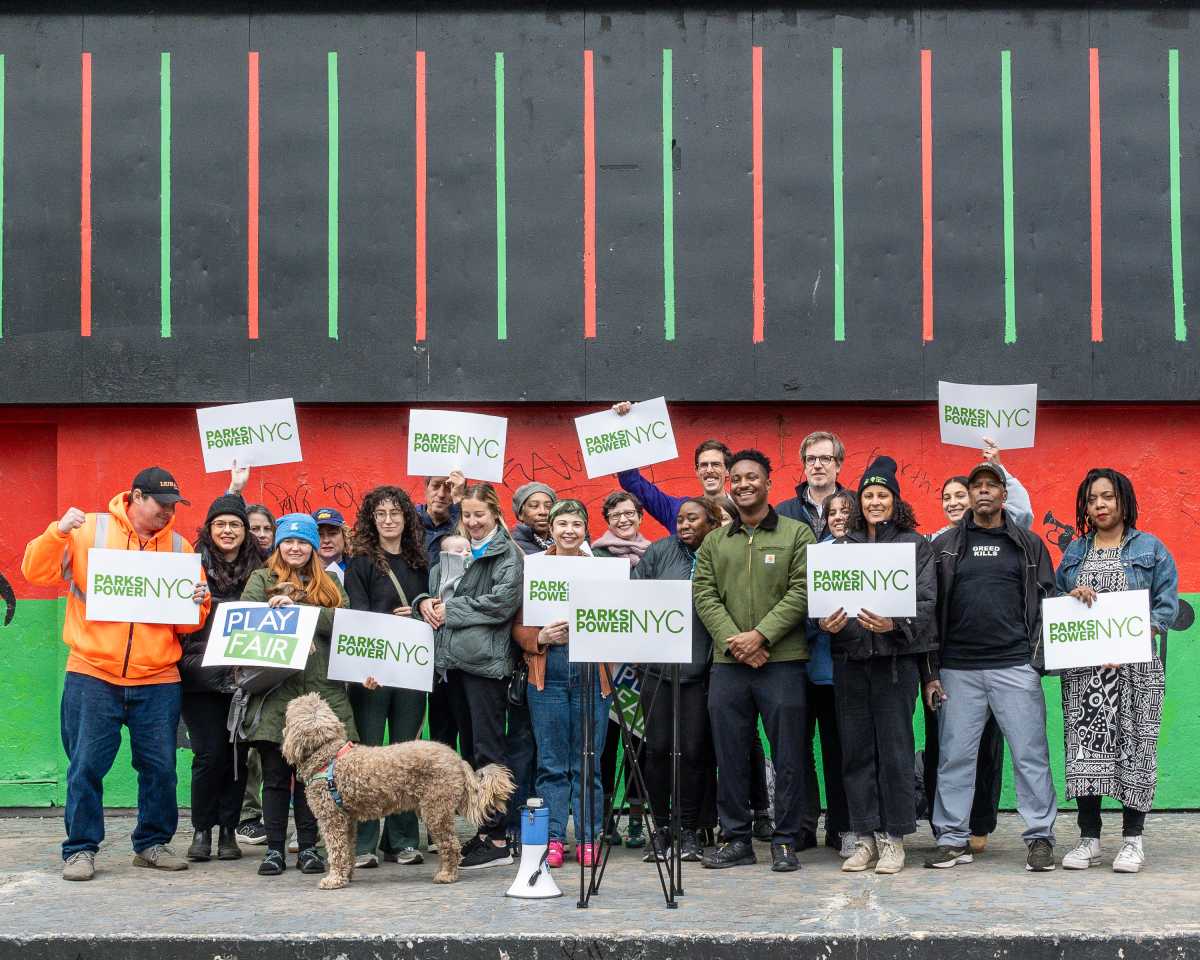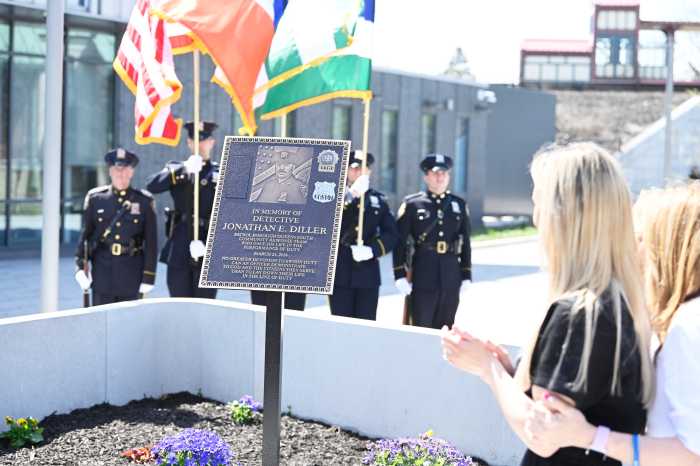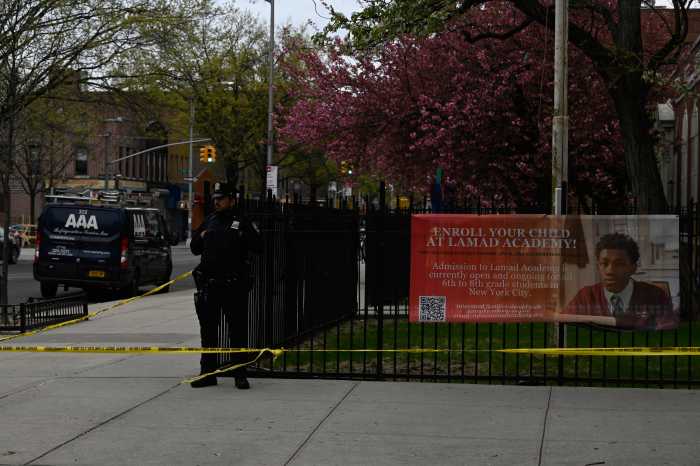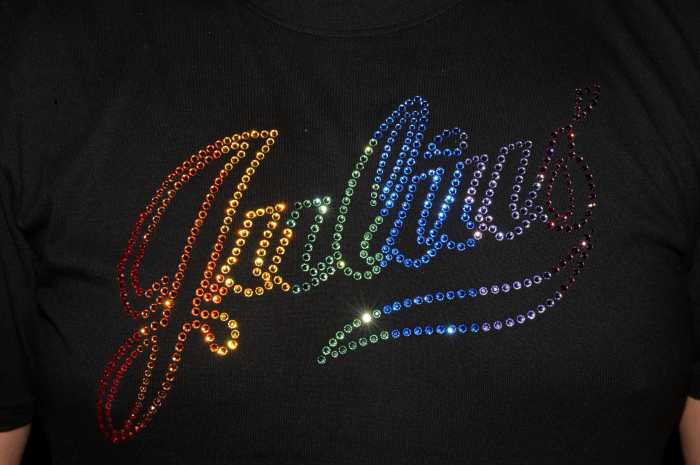
FDNY firefighter Ray Pfeifer was one of thousands who took part in the rescue and recovery efforts at Ground Zero after September 11. He died on May 28, 2017, from what began as kidney cancer — ”the result of his work” at the World Trade Center site, according to Caryn Pfeifer, his wife.
On Thursday, Caryn spoke at a Manhattan ceremony dedicating a new memorial — The 9/11 Memorial Glade — to the thousands of people who have fallen ill or died due to exposure to toxins in the aftermath of the 9/11 attacks.
In the years after 2001, Ray dedicated his life to fighting for health care for those diagnosed with 9/11-related illnesses.
“Like so many of you here today, Ray spent the next nine months [after 9/11] searching and digging at Ground Zero, without being asked, without being told, and without thinking about the consequences,” Caryn said. “But there were consequences.”

The Glade, a pathway on the grounds of the National September 11 Memorial & Museum designed by the memorial’s original architects, Michael Arad and Peter Walker, features six stone monoliths inlaid with steel recovered from the World Trade Center site.
A pear tree that became known as the “Survivor Tree” after it was badly damaged during the attacks stands at one end of the pathway.
While the Glade does not incorporate the names of those affected by 9/11-related illnesses — due to the “immense, ever-changing and growing nature of this issue,” the Memorial & Museum noted — it bears an inscription dedicating it to those who suffered “long after September 11, 2001.”
“For some, the end of the recovery was the beginning of an even more difficult journey, of sickness and disease,” former Mayor Michael Bloomberg said during remarks at the dedication ceremony.
“We have a duty to care for those who need it, and to honor the memory of those who died,” he added. “The Memorial Glade helps us to fulfill that duty.”

The Glade’s construction cost $5 million, according to the Memorial & Museum. Former “Daily Show” host Jon Stewart, who helped spearhead fundraising efforts, was among the hundreds who walked its pathway after the dedication.
“It’s been a privilege to be a part of this,” Stewart told reporters.
Lt. Mickey Kross, an FDNY firefighter who was in the north tower when it collapsed, was among the first responders in attendance Thursday. The 72-year-old, who miraculously survived with only a cut on his nose and a bruised rib, said he lost a friend to 9/11-related cancer a few months ago.
“I spent so much time here. I was here for the collapse, I was here for the nine-month cleanup, [and] I don’t know how many ceremonies here,” he said.
“It’s beautiful. Beautiful,” he said of the Glade. “I’m so glad I’m here.”

Some of the Glade’s first visitors left flowers and funeral cards on the six stones as they passed through. Florida resident Mary Hodes and her family wore shirts honoring the memory of her son, FDNY Lt. Bobby Hess. The father of four, who “worked the pile” at Ground Zero after the attacks, succumbed to lung cancer on May 2, 2010, she said.
“We’ve been to so many memorials,” Hodes said. “But this one is really special.”
As of March 31, more than 95,000 responders and survivors had enrolled in the World Trade Center Health Program, which provides health care to those directly affected by the September 11 attacks, according to the Centers for Disease Control.
That group includes emergency responders, recovery and relief workers and volunteers, as well as people who lived, worked and attended school near Ground Zero.
Read more: Protests and Responses – Mayor Adams on Columbia University



